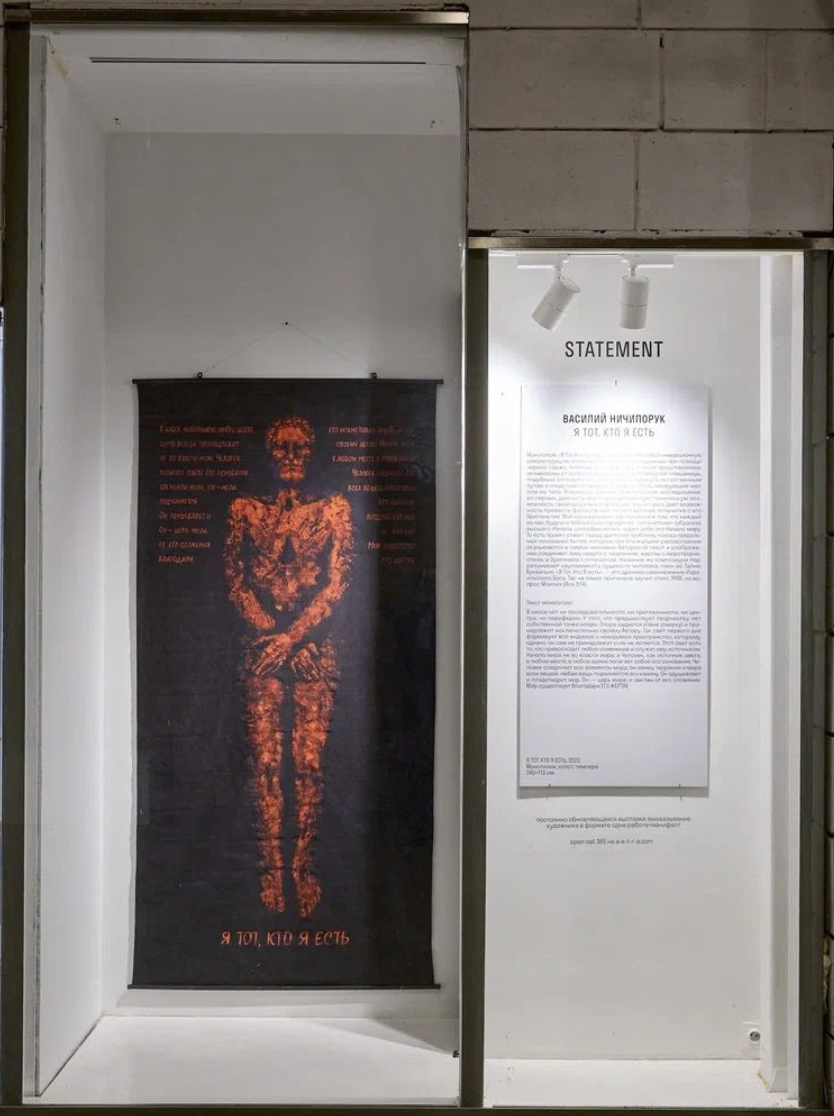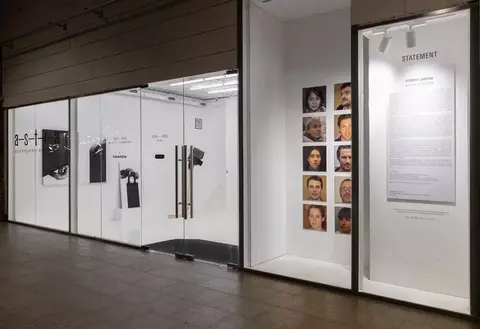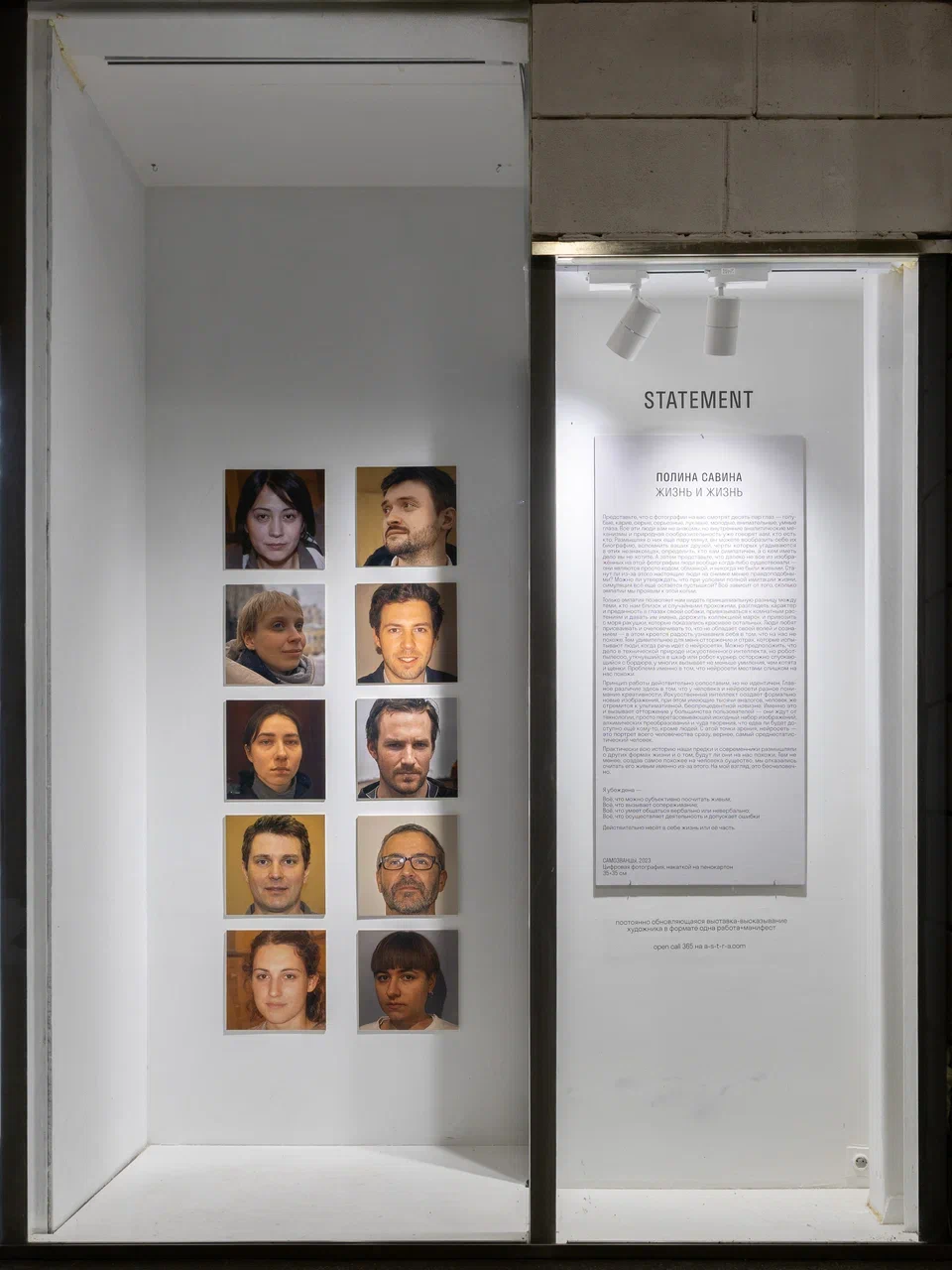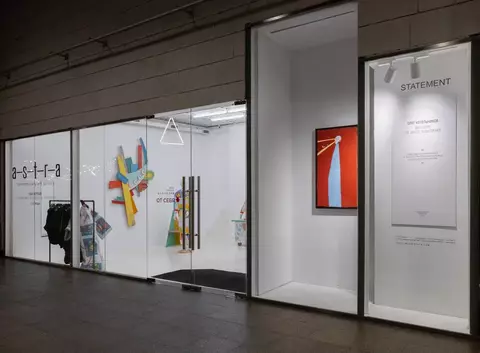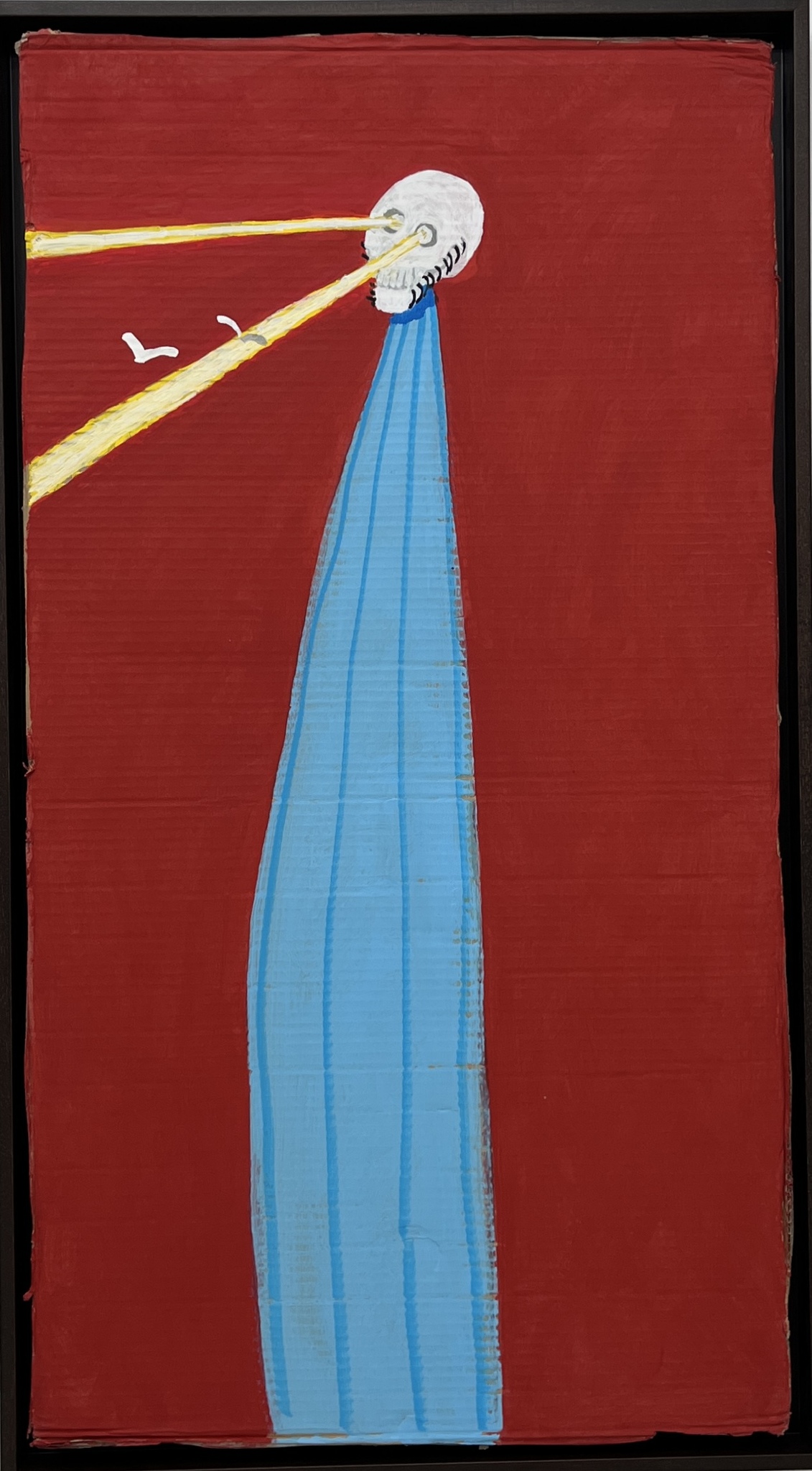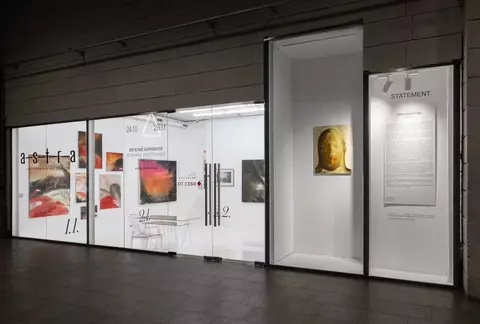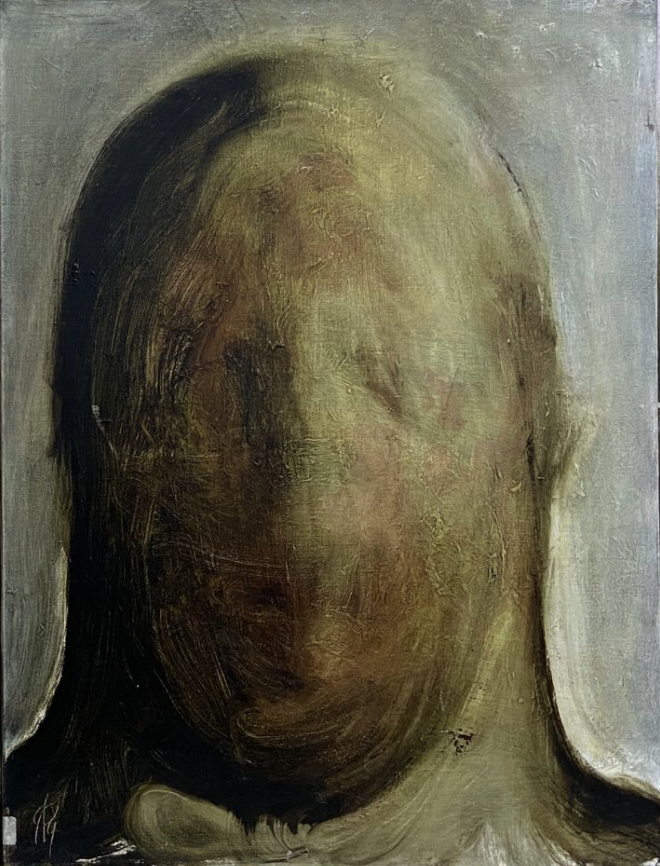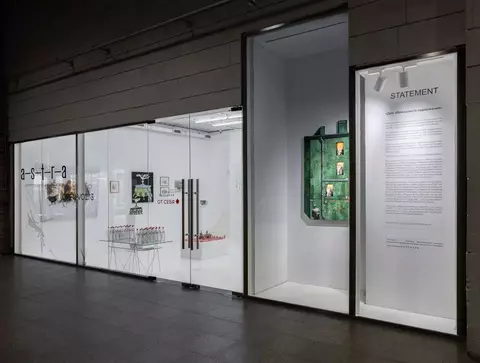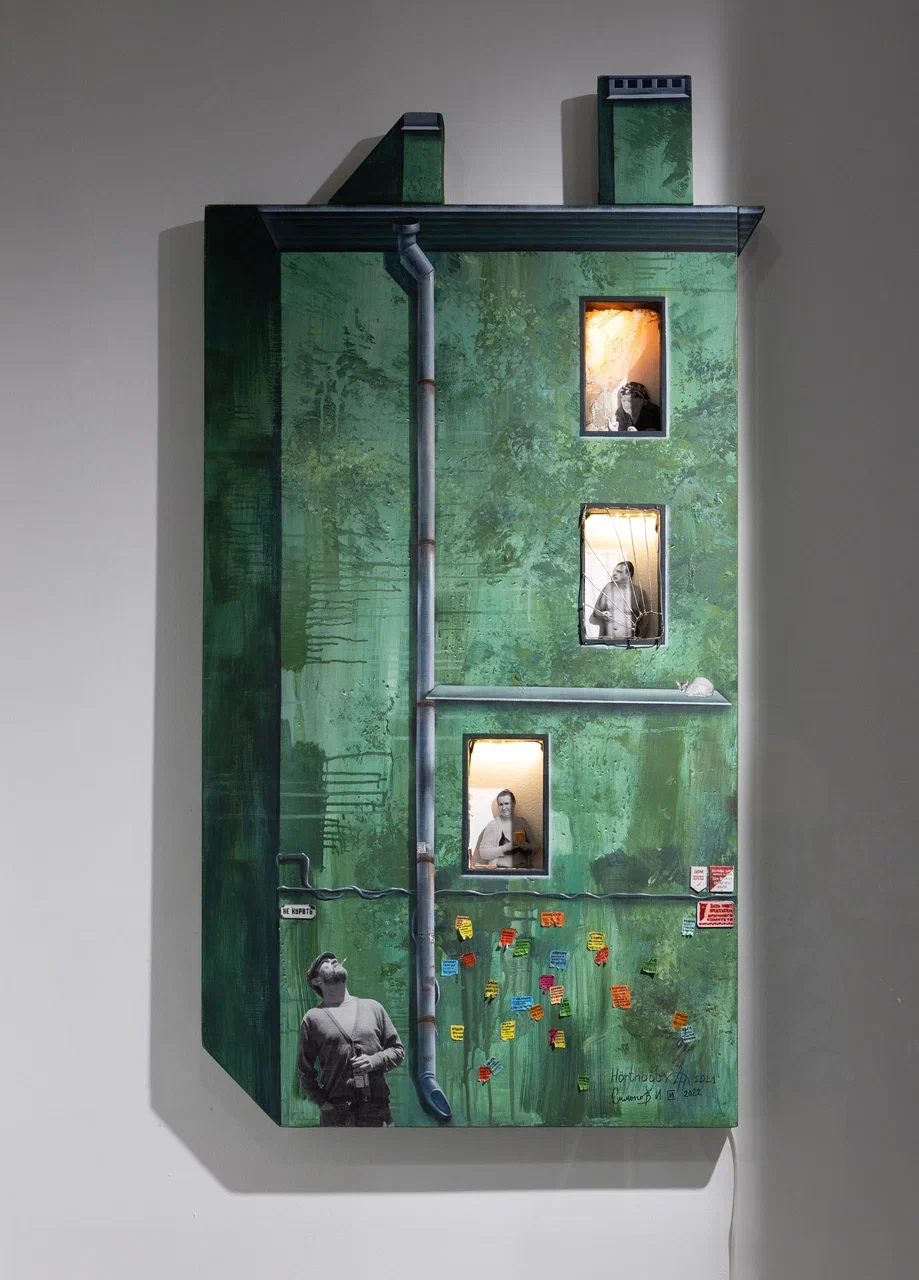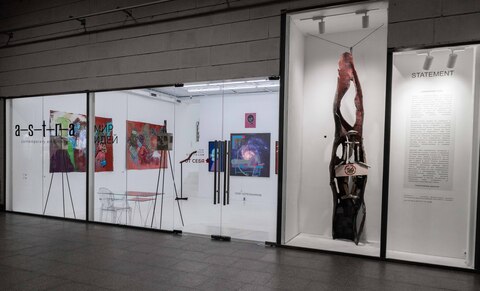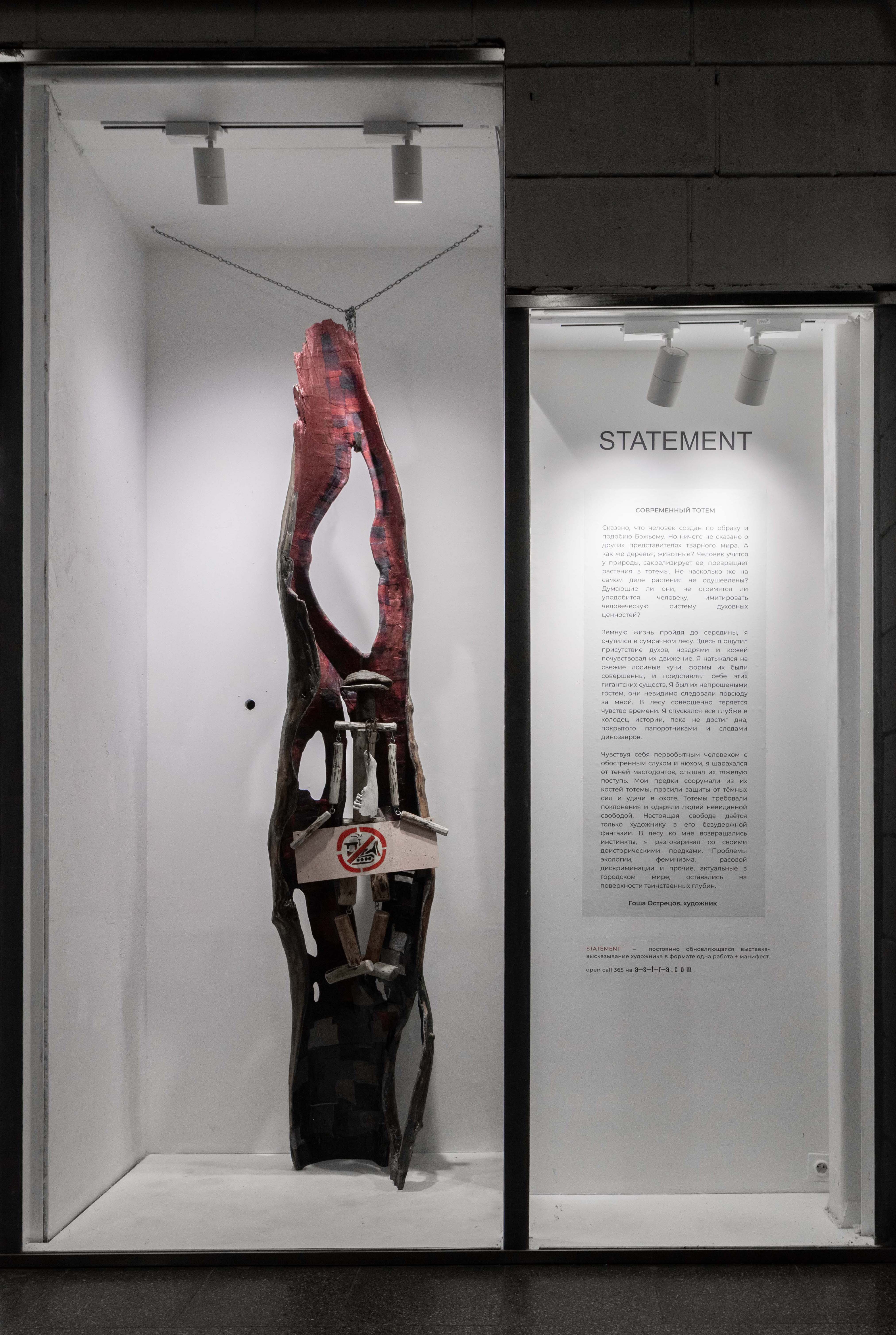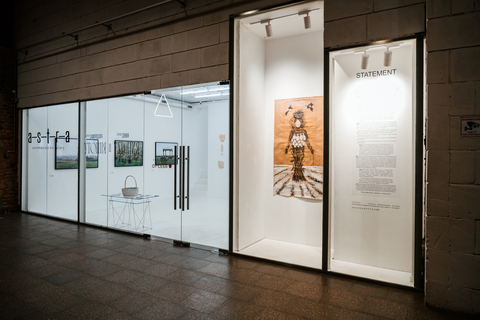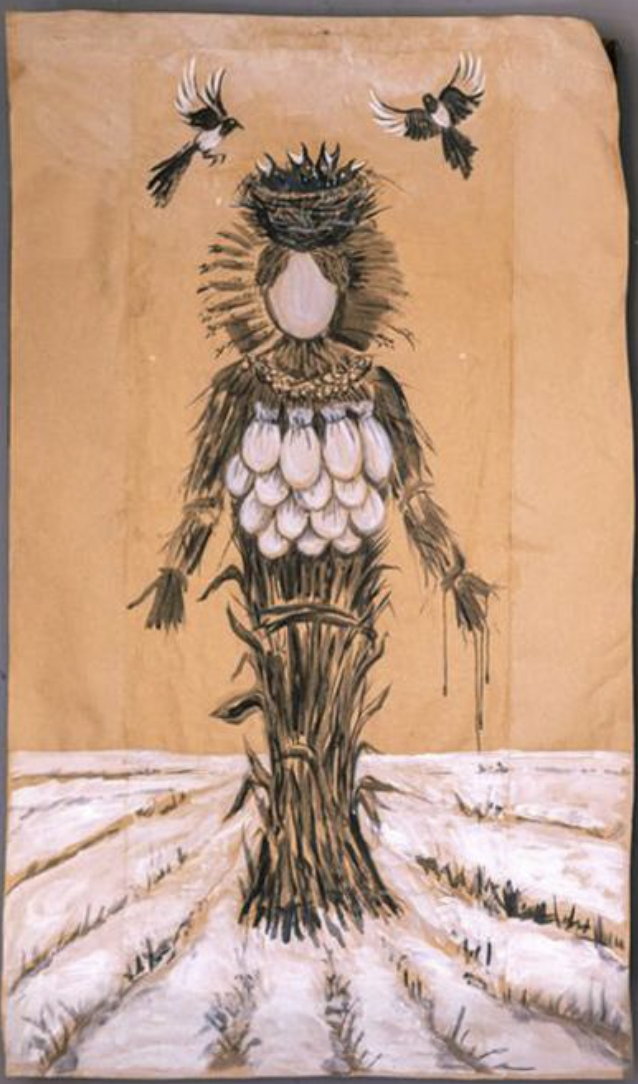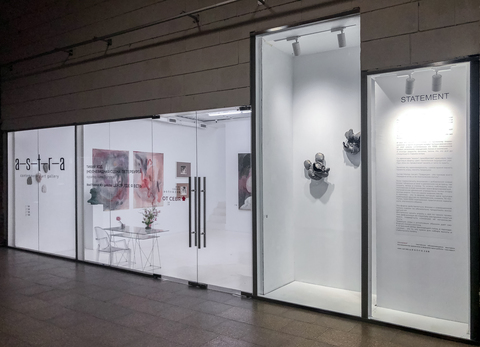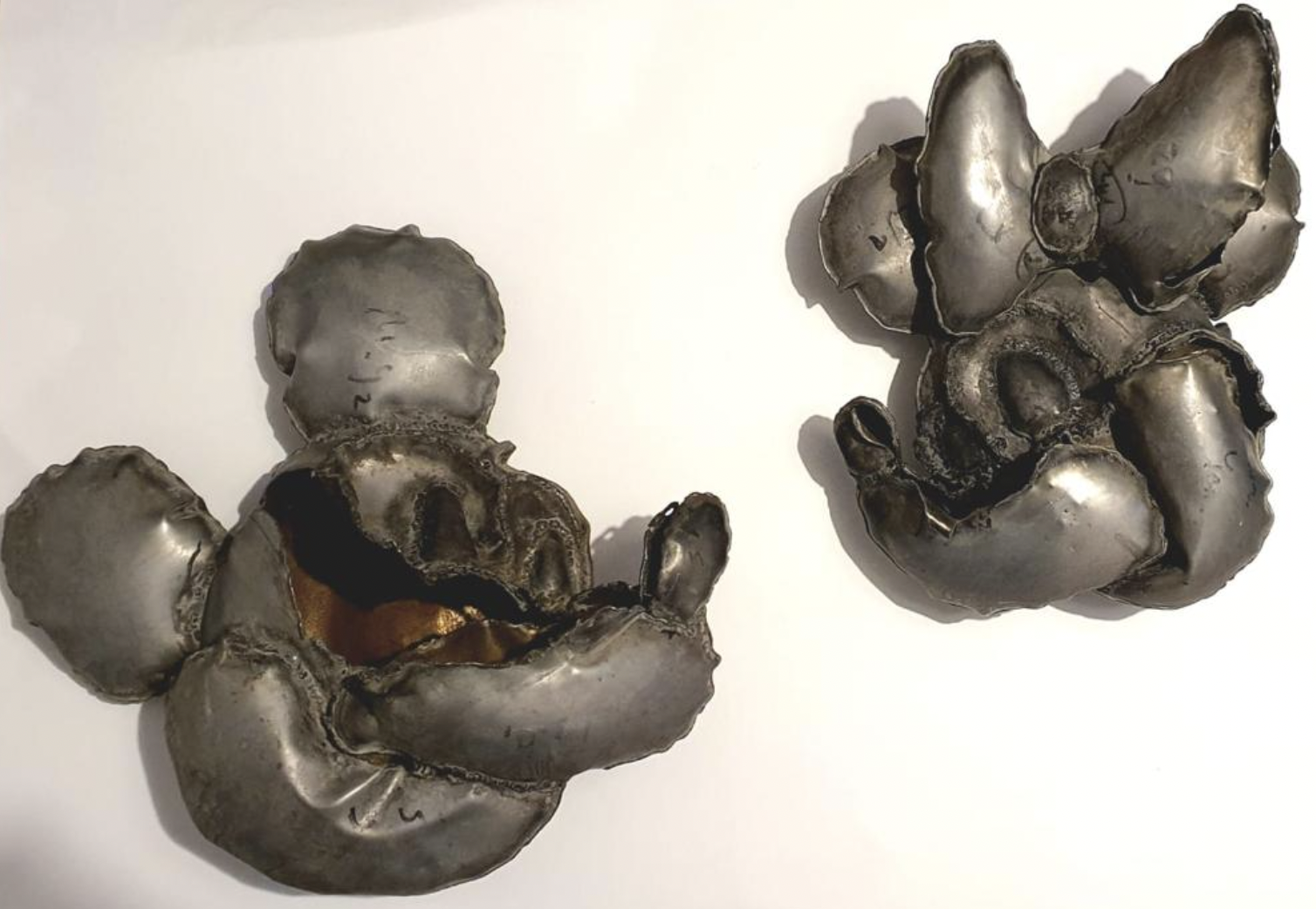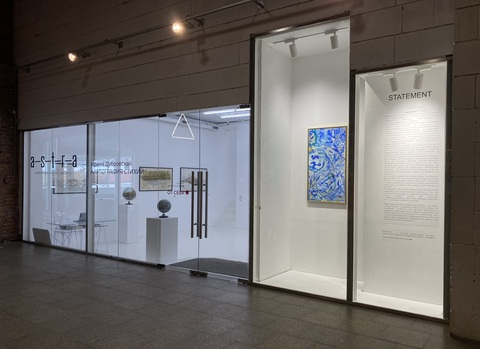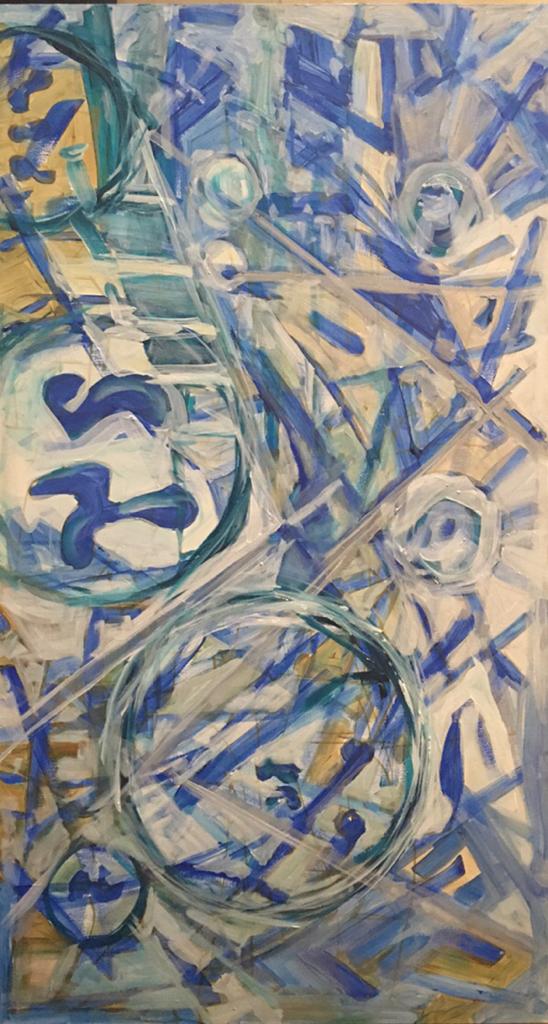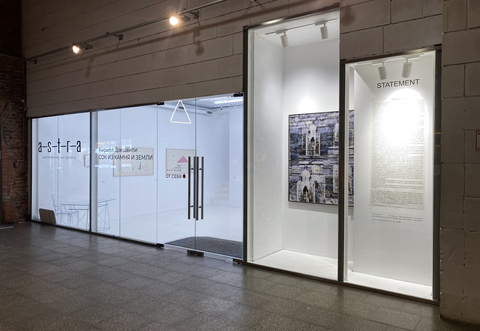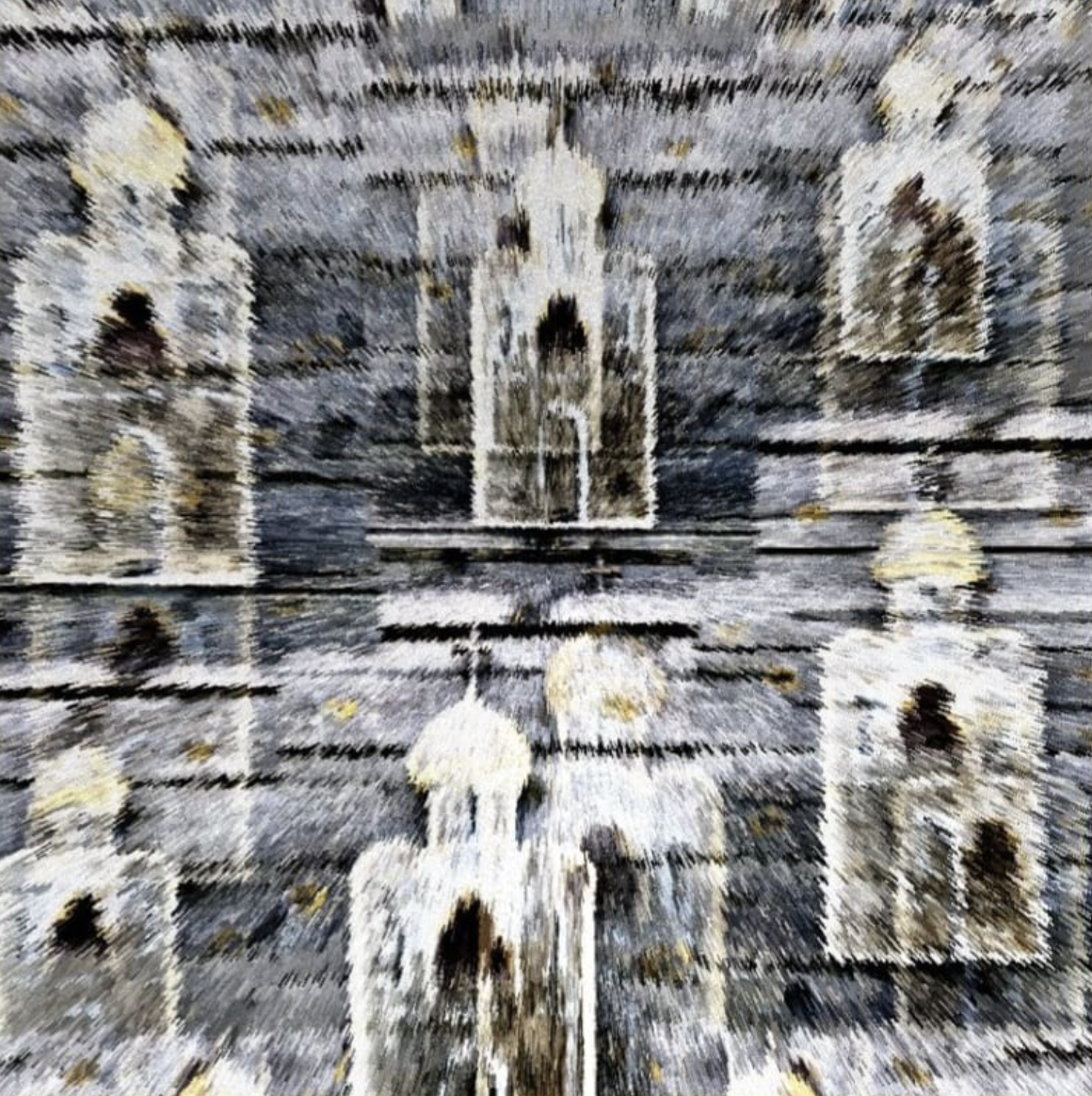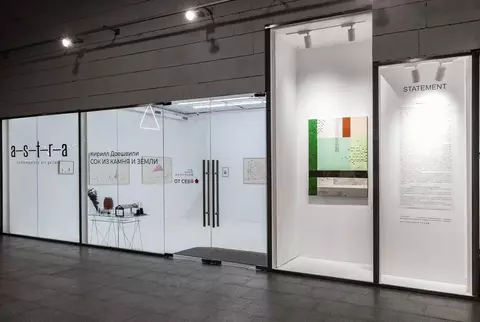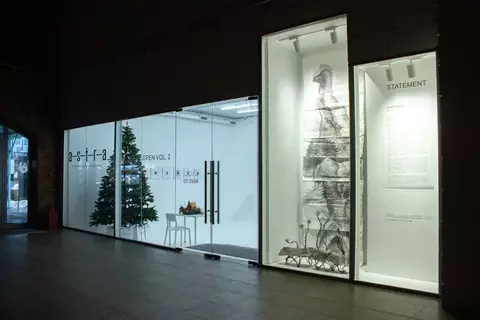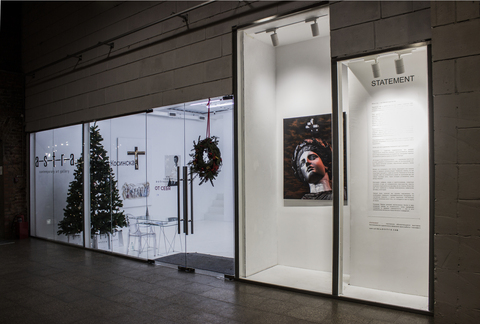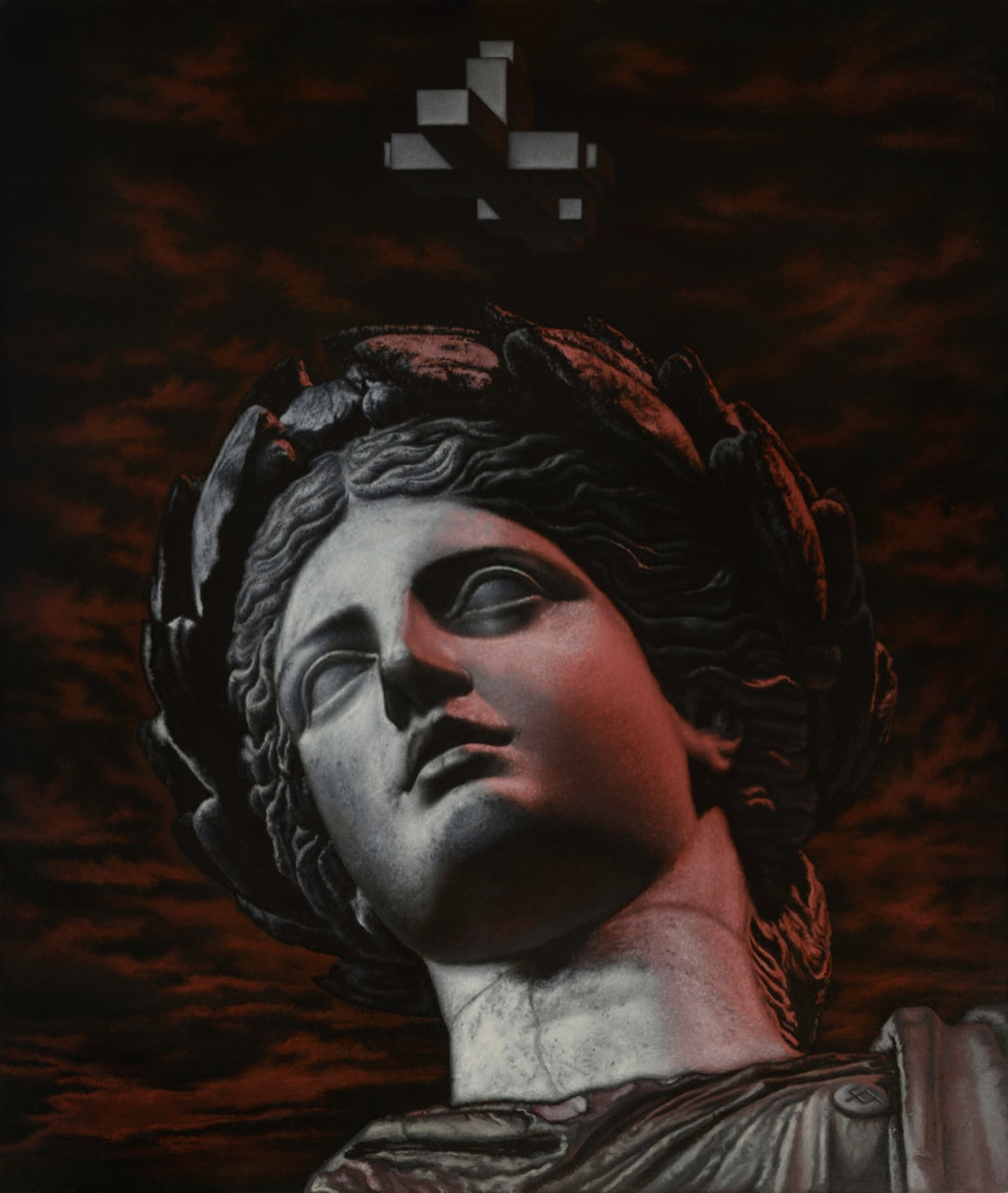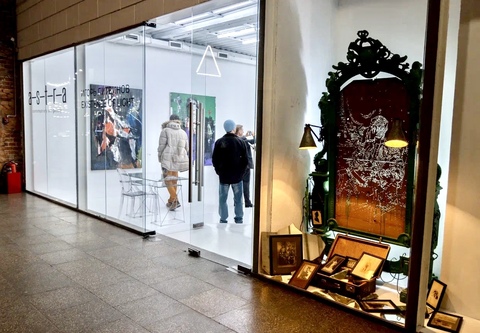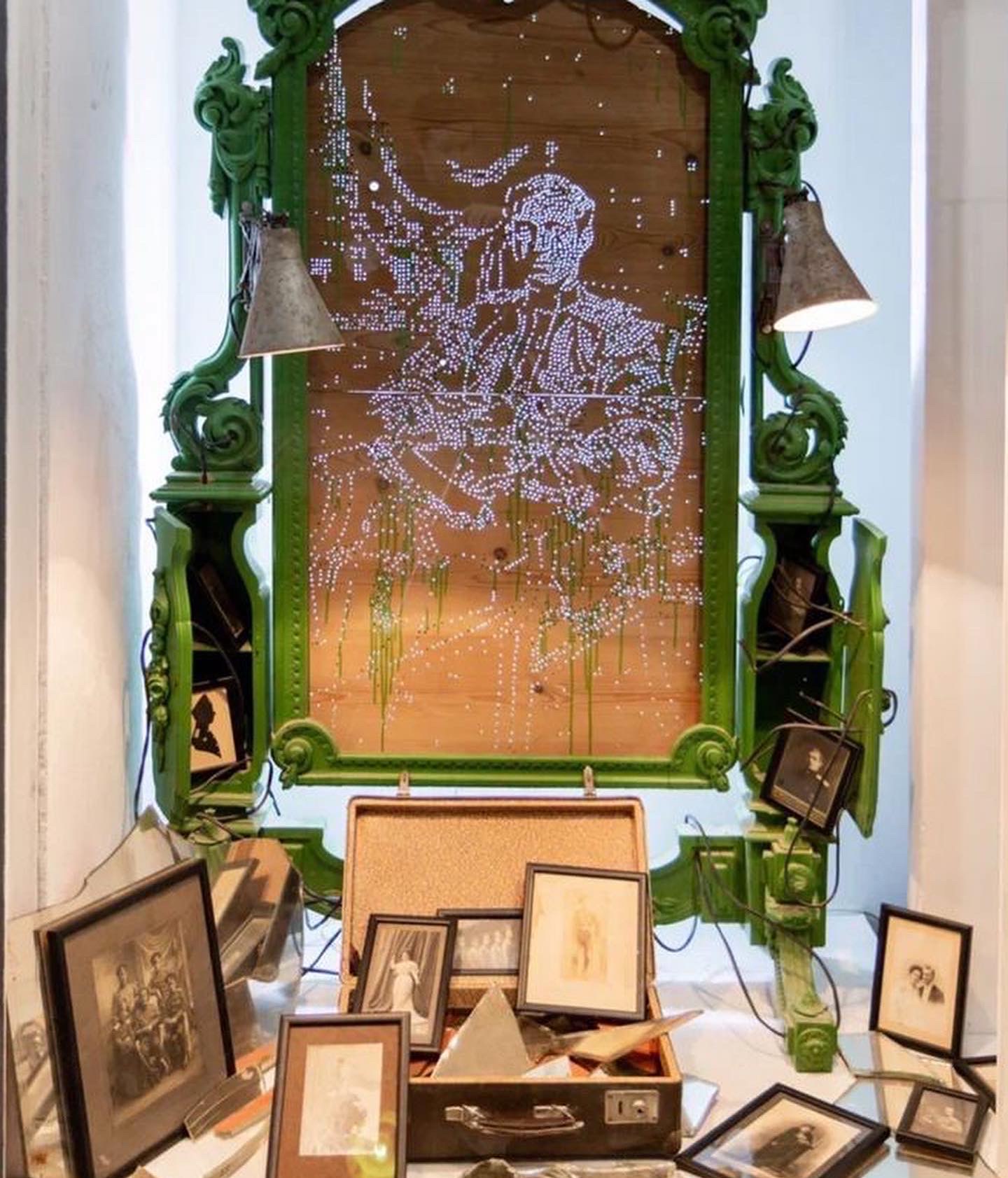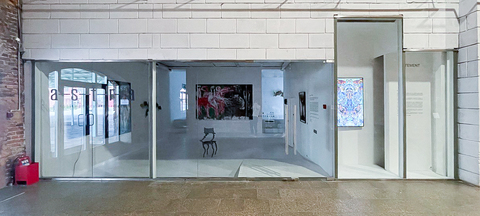
Vasily Nichiporuk
In chaos there is no sequence, no extension, no center or periphery
I Am Who I Am
Monotype "I Am Who I Am" is an inversion reconstruction of the famous Shroud of Turin using black twill, tempera and the author's body. In my opinion, regardless of the question of authenticity of the shroud, such an imprint on the fabric could arise naturally, in consequence of its direct contact with embalming oil on the body of the deceased. This practical study, firstly, demonstrates the principal technical possibility of such a visual projection, and secondly, gives the opportunity to make a philosophical comparison of the imprint with its Original. My statement is that each of us, being in the biblical paradigm an "imprint" (image) of the Supreme Initiation, is capable of manifesting this Initiation to the world through ourselves. In other words, the project poses to the viewer the problem of searching for the ultimate foundations of existence, which, upon closer examination, turn out to be in man himself. The author's text and image connect the theme of death with creation, sacrifice with peacemaking, and the Original with the imprint. The title of the composition implies the elusiveness of man's essence, a hymn to its Mystery. Literally, "I am Who I am" is the ancient self-title of the Israelite God. This is how YAHWEH's answer to Moses' question sounds in the original language (Ex 3:14).
Monotype text:
In chaos there is no sequence, no extension, no center or periphery. What precedes creation has no point of support of its own. The fulcrum is set from outside (from above) and belongs exclusively to its Author. Thus the light of the first day forms all visible and invisible space, to which, however, it does not belong and is not itself. This light is that which transcends any change and is its source. The beginning of the world is not in the power of the world, but Man, as the source of light, in every place, at every time, believes himself to be its foundation. Man unites all the elements of the world, he is the crown of creation and the measure of all things, every thing is subject to his canon. He animates and fructifies the world. He is the king of the world, and is slain of its composition. The world exists because of HIS VICTORY.
